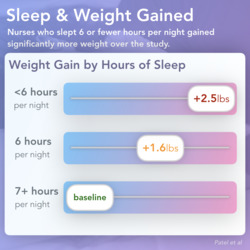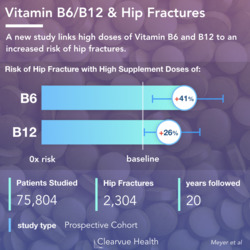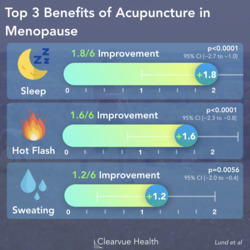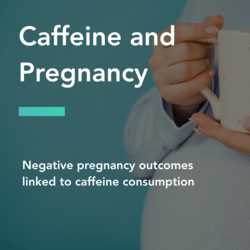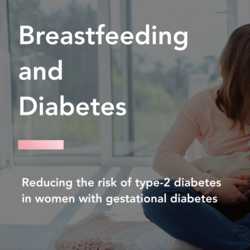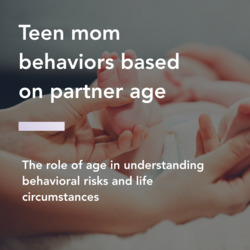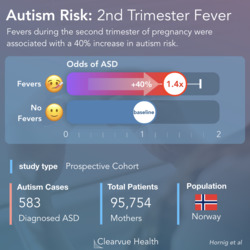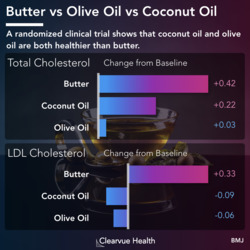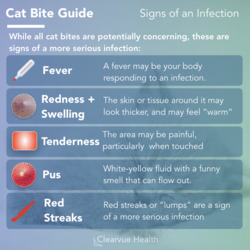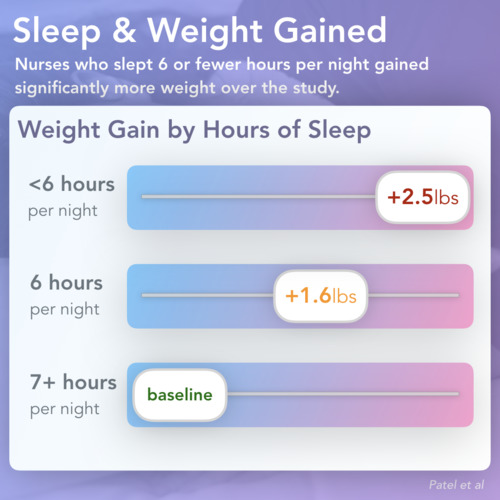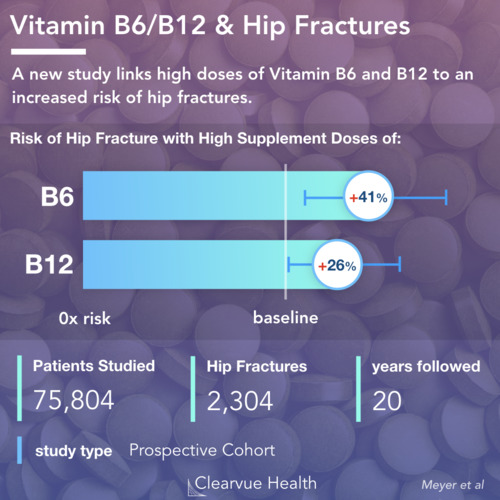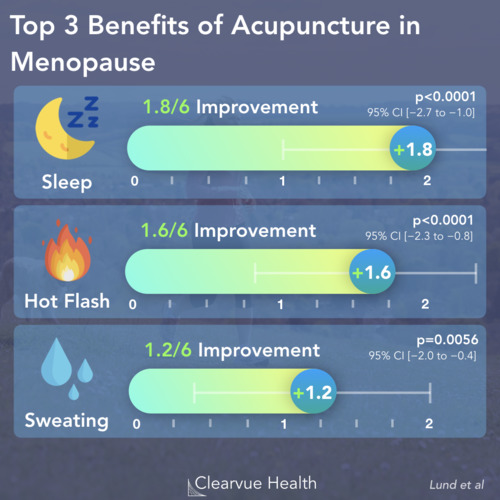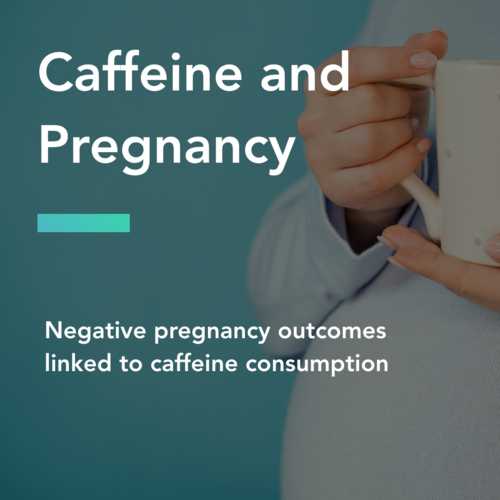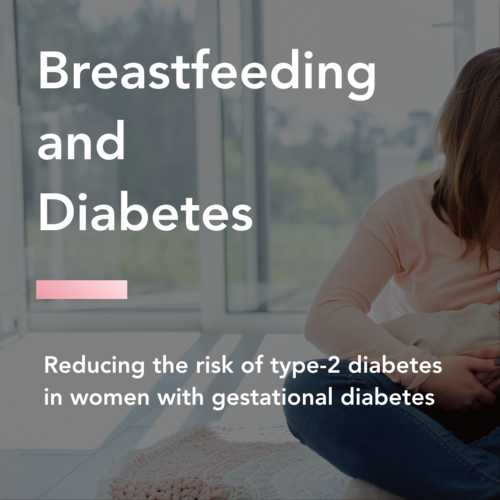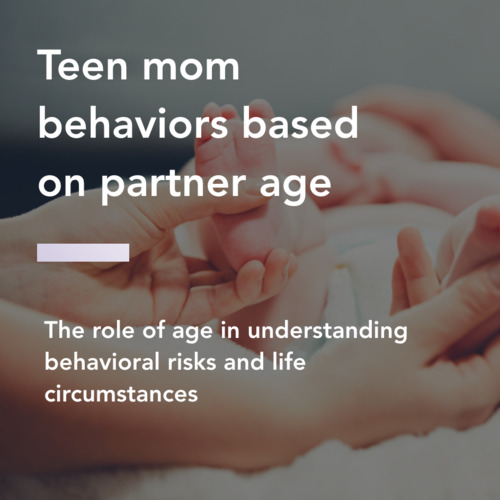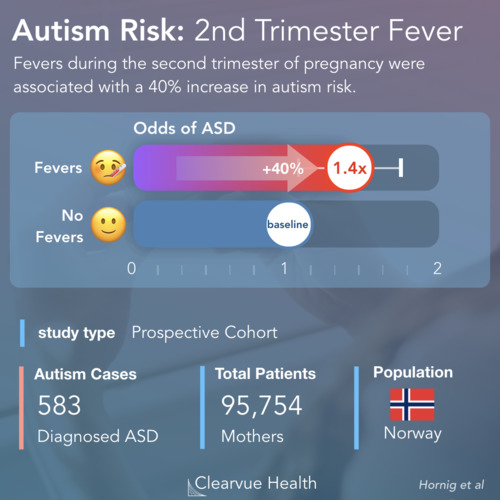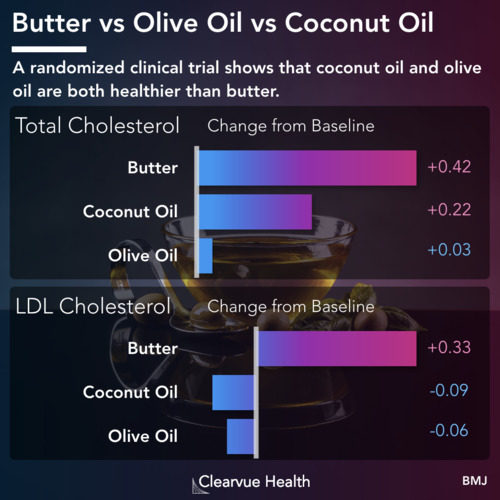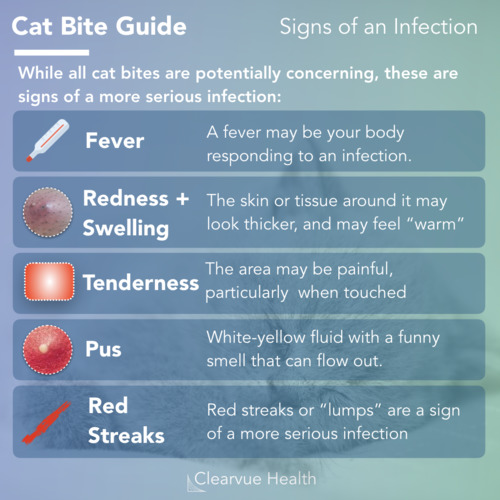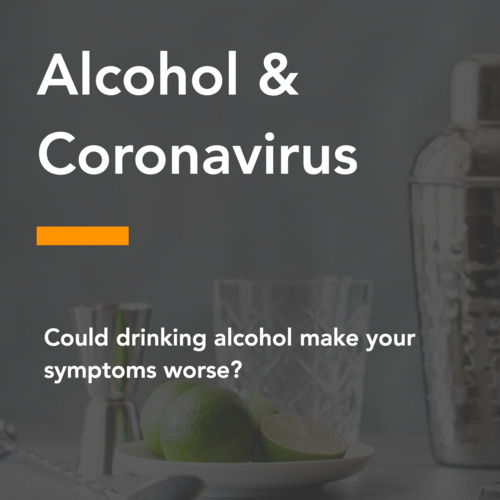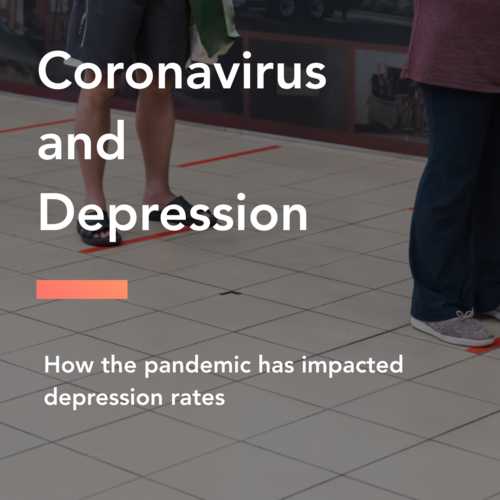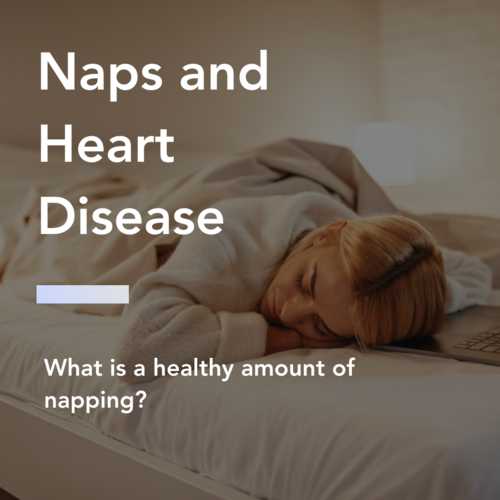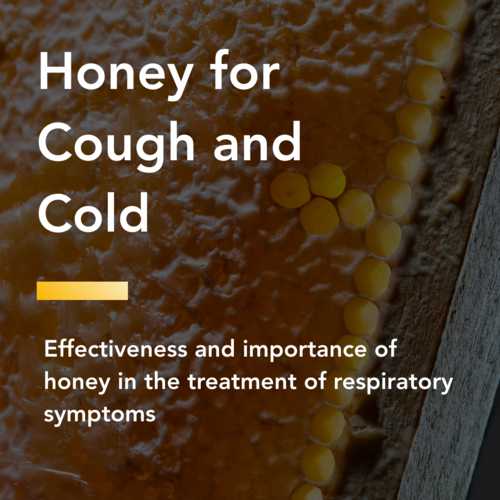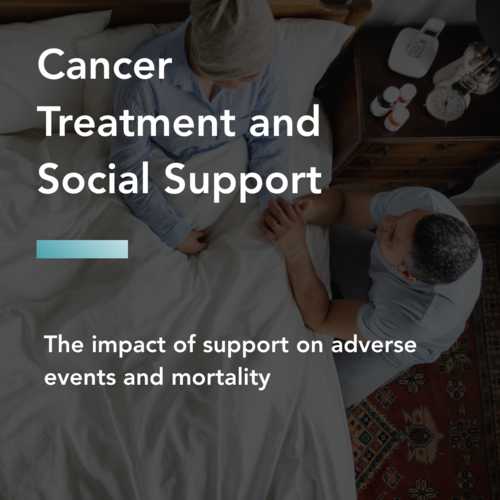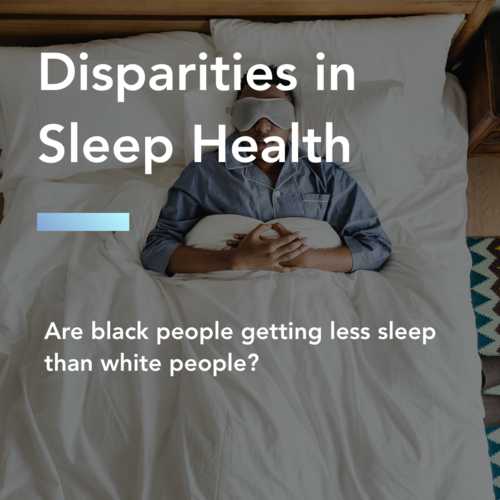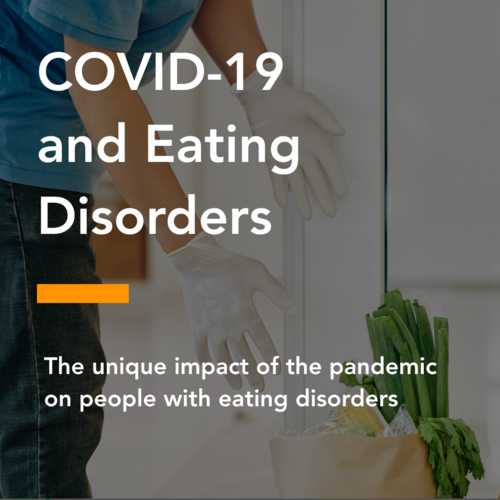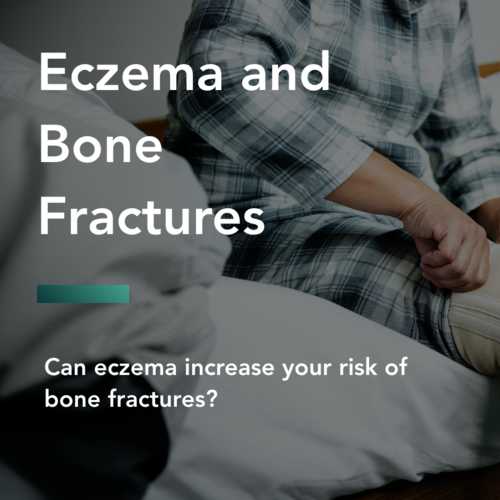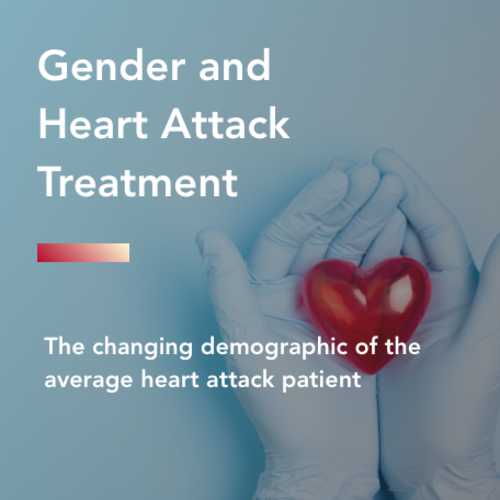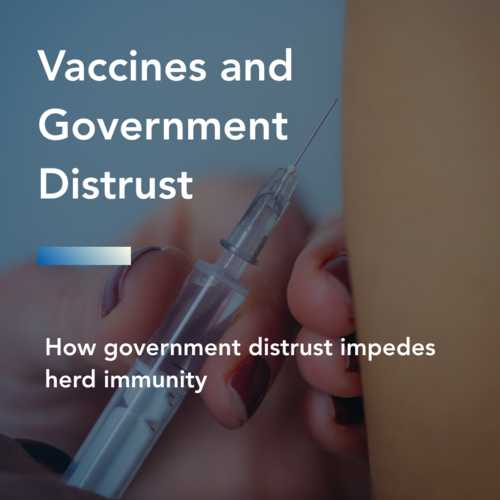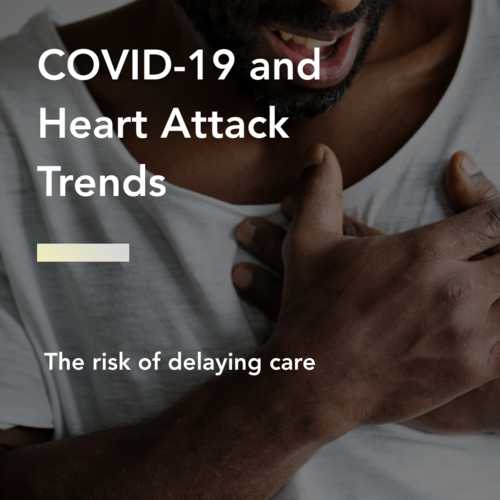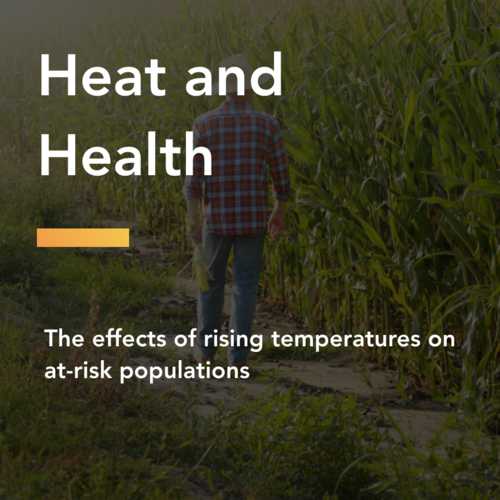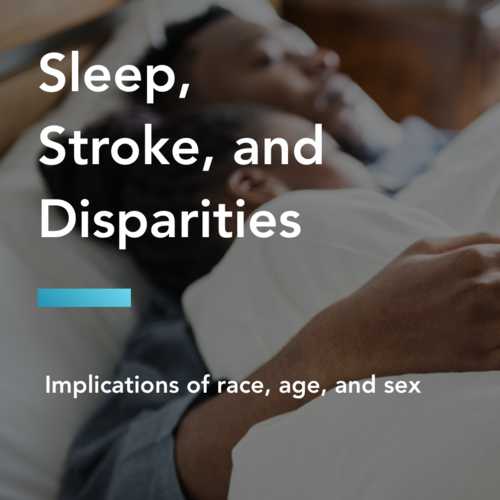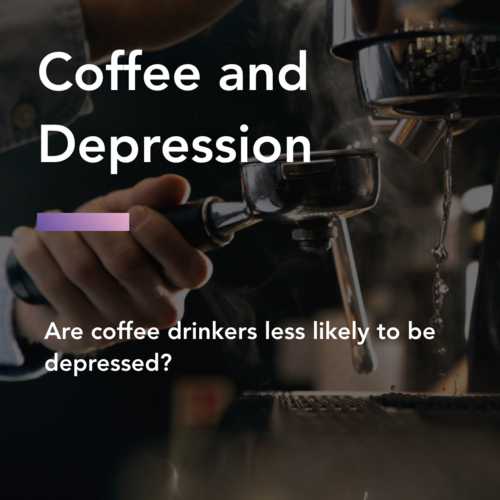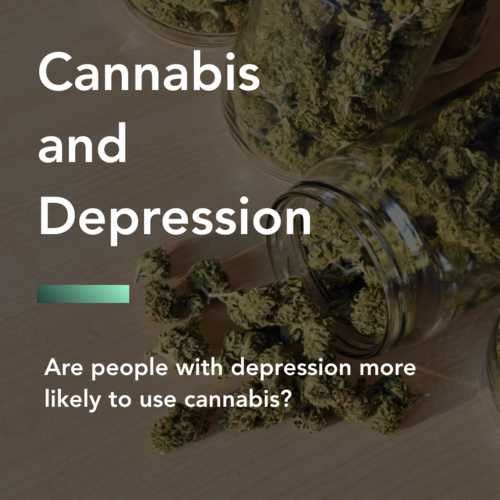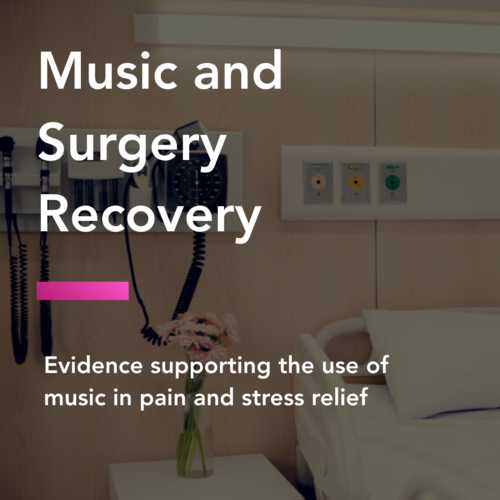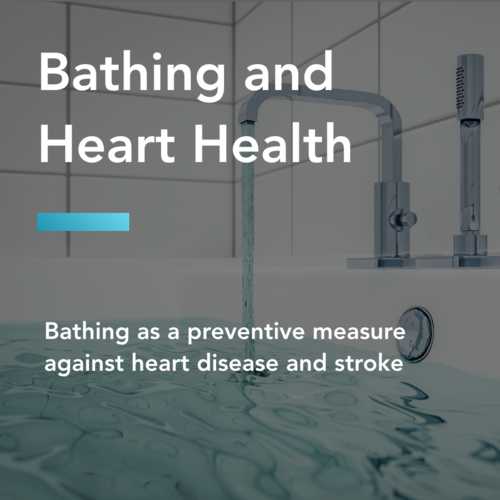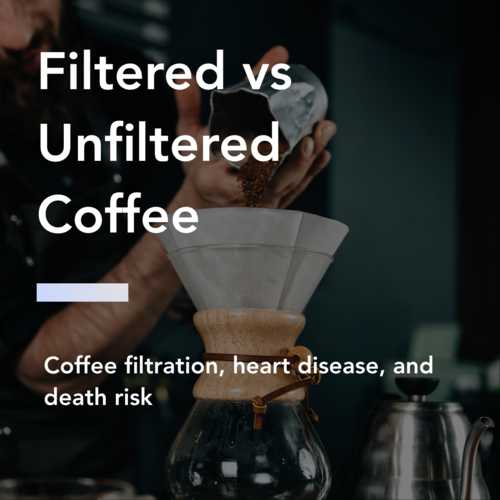C-Section Safety vs Hospital Experience
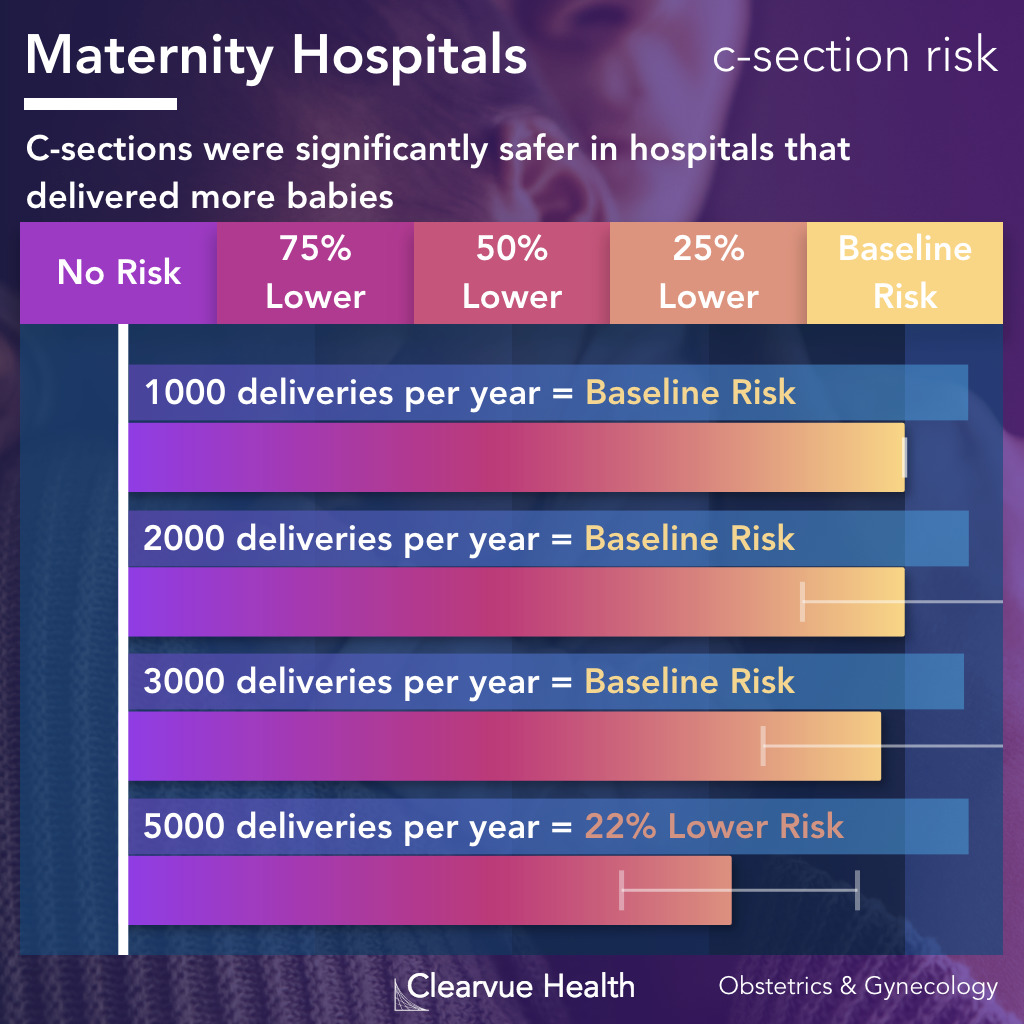
A new study suggests that your choice of hospital to deliver your kids can play a big role in your odds of a safe medical delivery or C-section.
Choosing a hospital can be one of the toughest things to do when there are many options and few clear criteria or data points. All hospitals appear very similar and it can be difficult to tell which ones are better.
Additionally, it has been unclear which criteria matter the most when it comes to hospital quality.
A new study published in one of the top women’s health journals showed that hospital choice may in fact be a significant factor in childbirth outcomes.
Researchers split hospitals into four categories based on approximately how many births occur in that hospital every year. They then collected records of births across all of these hospitals to see whether there were differences between a hospital in the top quartile that delivered 5000 babies a year and a hospital in the bottom quartile that delivered 1000 babies a year.
Source: Effects of Delivery Volume and High-Risk Condition Volume on Maternal Morbidity Among High-Risk Obstetric Patients.
The study focused on high risk pregnancies as hospital choice may matter more for high risk patients. High risk patients also would presumably provide more data points and differentiation between hospitals.
Researchers split the data into two analyses covering natural medical births and surgical births such as c-sections.
For c-sections, researchers found that most hospitals delivered similar outcomes. Maternity hospitals in the top 25% in terms of the number of babies delivered per year did however show a significantly lower number of complications and injuries.
These hospitals may have had more experienced and more senior physicians on staff who could assist in more complicated cases. It is also possible that the nursing and administrative staff at the hospital for more experienced with efficiently providing care to more patients.
Results for Medical Birth Safety
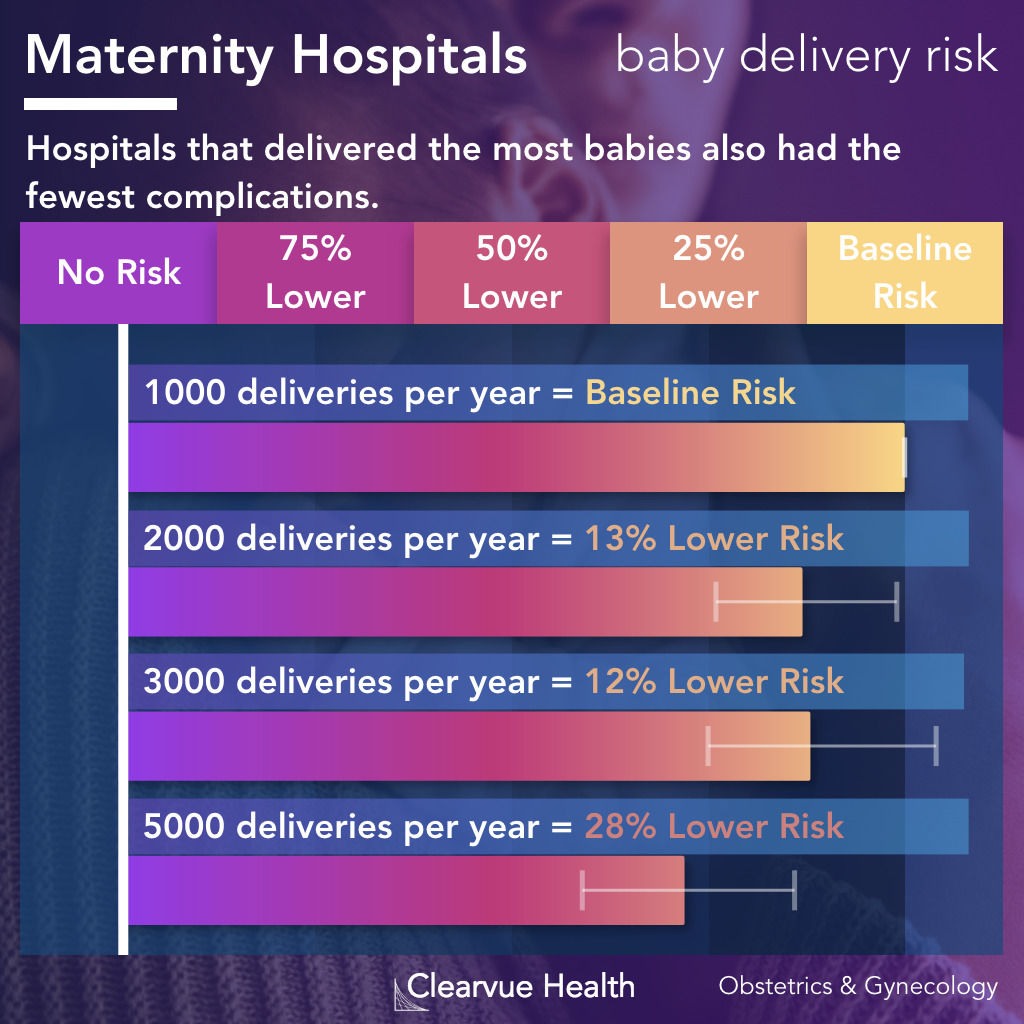
The results for medical births, which includes vaginal deliveries and assisted vaginal deliveries, showed an even greater difference between hospitals. Hospitals in the 25th and 50th percentiles in terms of number of babies delivered per year showed non-significantly better outcomes than hospitals that delivered 1000 babies or fewer per year.
Hospitals that deliver the most babies had the best outcomes with around a 28% lower risk of complications.
The Increase in Birthing Complications
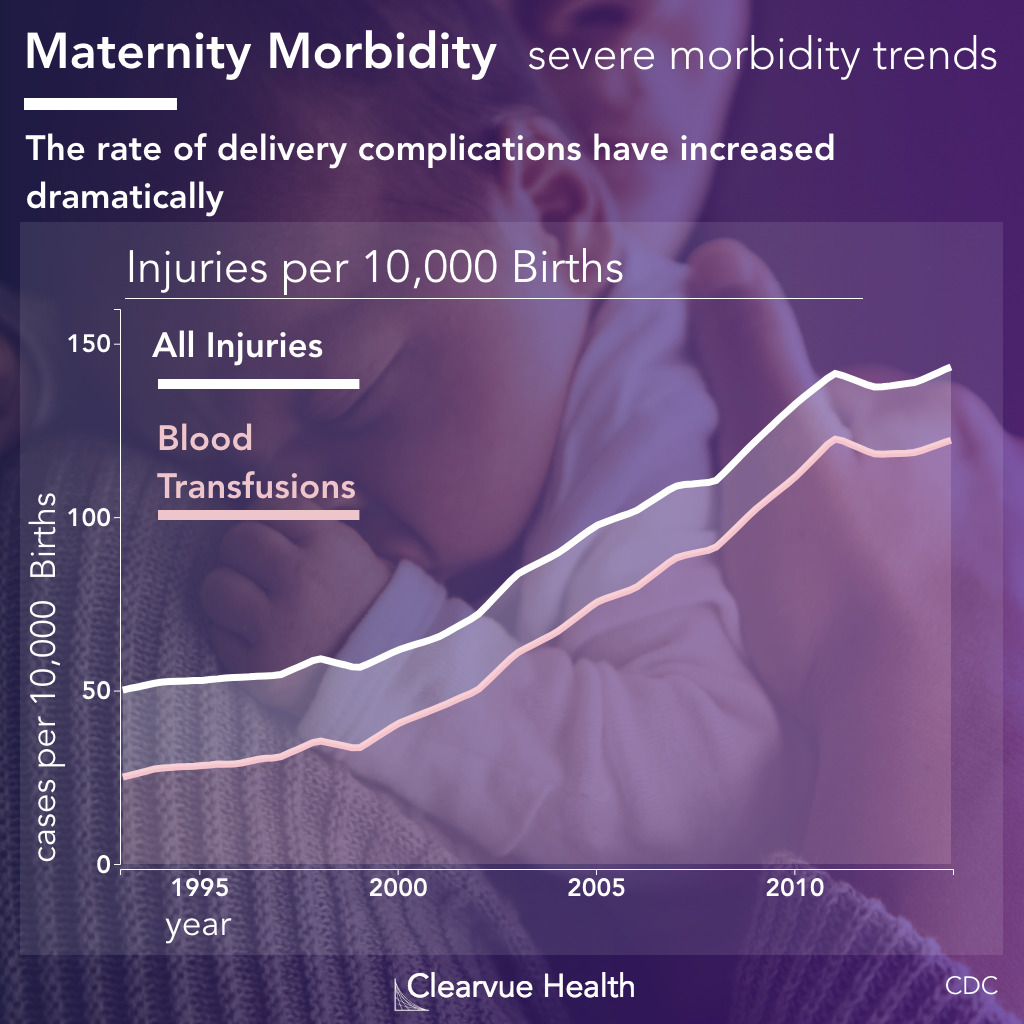
This data is of particular interest because of the increase in delivery complications in the United States. While most medical procedures have become safer, maternity and childbirth have become more dangerous.
Data from the CDC show a large increase in the number of birthing complications in the United States since 1995.
Most of these are driven by heavy bleeding. This is measured by the number of childbirths that require blood transfusions.
The uterus contains many blood vessels. Injury or trauma can cause heavy bleeding requiring blood transfusions.
The Increase in Severe Maternity Complications
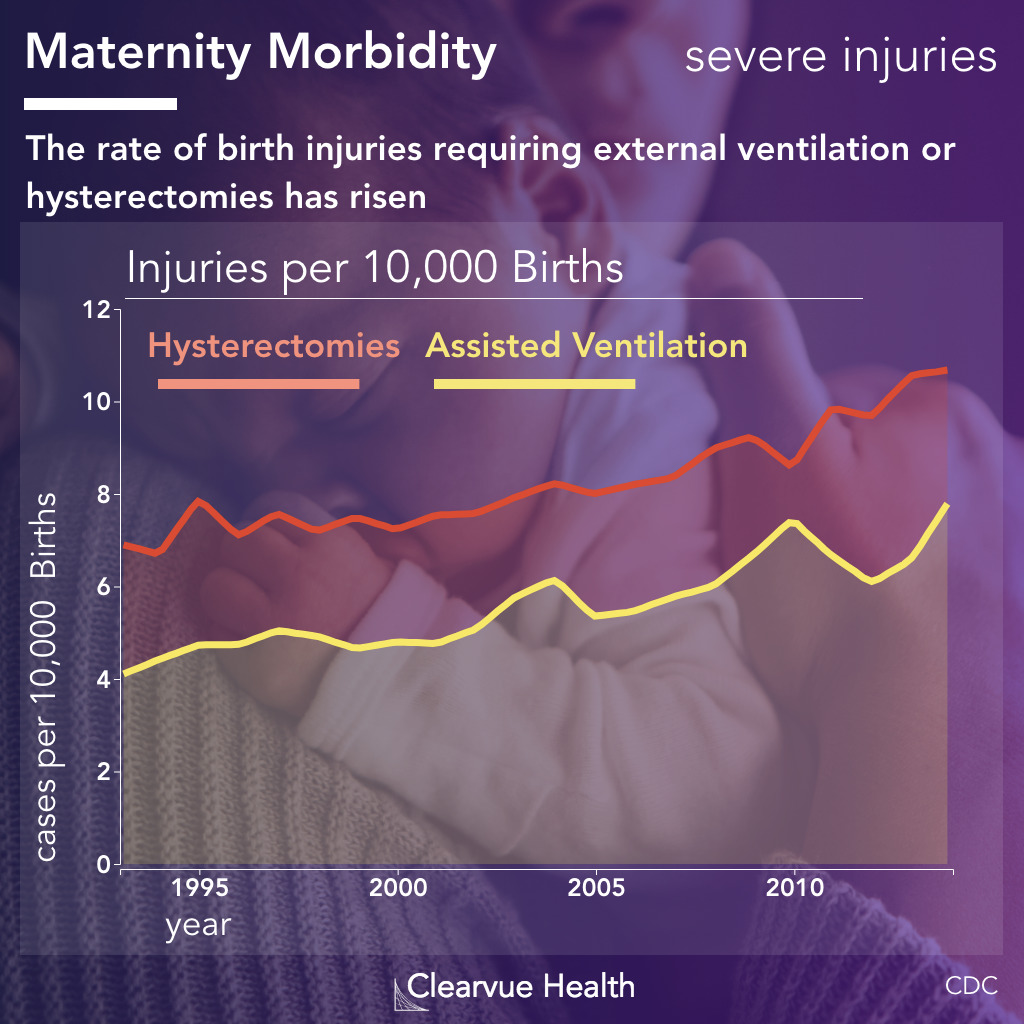
Severe birth complications have gone up significantly as well.
Data from the CDC show that the number of births requiring hysterectomy or external ventilation has increased.
A hysterectomy involves the removal of the uterus and possibly other reproductive organs as well. This procedure prevents women froms having additional children.
External ventilation refers to cases where women require assistance with breathing. These forms of assistance include breathing tubes and ventilators.
Interpretation: How Strong is the Evidence?
The evidence in this study is relatively solid. However as with any study, there are a few points to consider when evaluating the evidence.
This data only covered high-risk patients. Most deliveries are uneventful and very safe. It will likely take a much larger sample size to detect any differences for normal low risk. Theoretically, a hospital that does well delivering high-risk patients should do well delivering low risk patients as well. However the study does not necessarily provide evidence for this.
Most of the data points in the study did not meet statistical significance. Only the differences between the highest and lowest volume hospitals met significance.
This data only covered hospitals in the United States. The US healthcare system is unique therefore the findings may not necessarily apply to hospitals in other countries.





